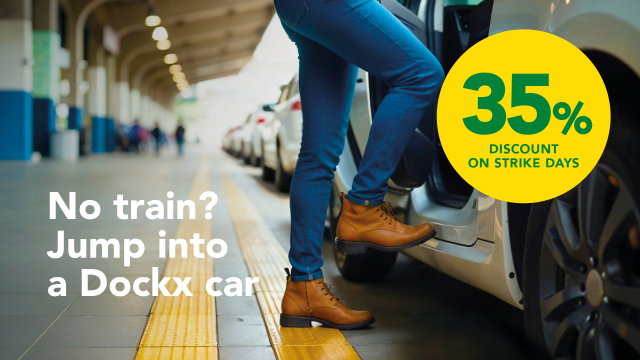
You are here:
from
Dockx.be
Blog
Safe driving in winter: our tips & tricks
